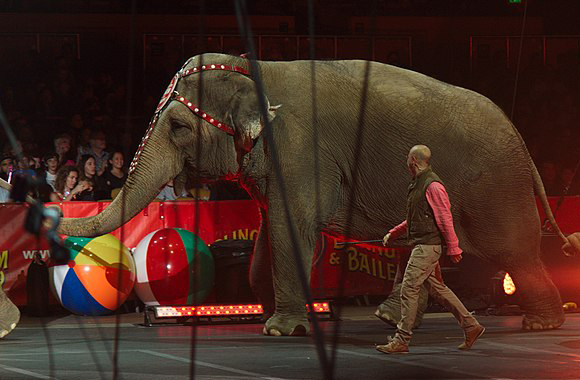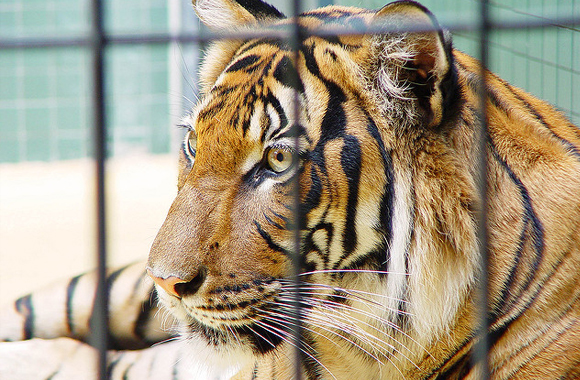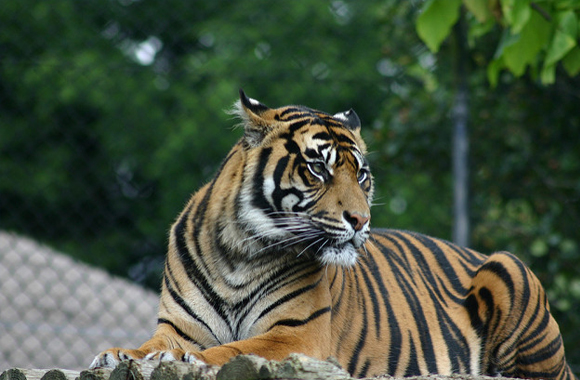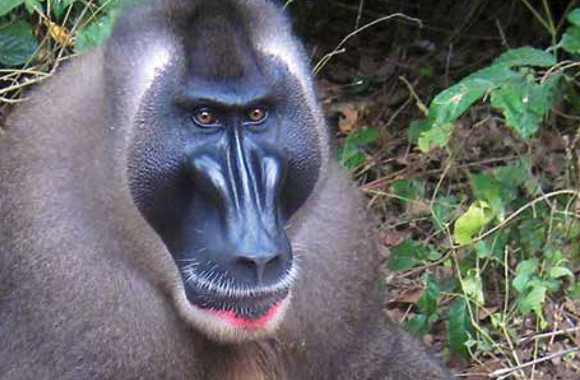About
In 1966, the iconic film Born Free premiered in the U.S. The film starred Virginia McKenna and the late Bill Travers as real-life husband and wife, George and Joy Adamson, and told the story of the Adamsons’ efforts to return an orphaned lion cub, Elsa, to the wild. Even President Barack Obama has said, “I think I may have teared up at the end when they release Elsa. I couldn’t have been more than four or five.”
After making the film, McKenna and Travers vowed to end captive animal cruelty and focus their lives on promoting compassionate conservation. They founded Born Free Foundation in 1984 along with their son, Will Travers, and then Born Free USA was established in 2002.
The story of Elsa is considered as the first mainstream Hollywood film to spotlight a conservation issue and is regarded by many as the beginning of the animal welfare and wildlife conservation movement: an approach to wild animals that recognizes each one as an individual in need of protection. This early look at “compassionate conservation” is the mission of Born Free USA today.
More than 50 years later, lions are in grave peril. Their populations are dwindling rapidly under numerous threats. And, one of the world’s most well-known lions was Cecil, who unfortunately gained international fame when he was tracked, shot, and killed by a trophy hunter. With Elsa’s and Cecil’s stories in our hearts, Born Free works to ensure that lions have a sustainable future.
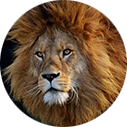
Lion
Panthera Leo
Status
IUCN Red List classification:
African lion – Vulnerable
West African subpopulation – Critically Endangered
Asiatic lion – Endangered
CITES status:
African lion – Appendix II
Asiatic lion – Appendix I
Endangered Species Act (ESA) Status:
Both African and Asiatic lions are Endangered.
Population
Estimated number remaining in the wild: 20,000
Population decline of African lions:
1940's – 450,000
1980 – 100,000
2015 – 20,000
Diet
Carnivorous – medium and large mammals such as buffalo, zebra, wildebeest, impala, and warthog, occasionally giraffe and young elephants.
Habitat
Broad habitat tolerance across Africa, absent only from tropical rainforest and the Sahara desert
Location
Lions are native to Africa and Asia. There are two distinct populations of lion: the African lion and the Asiatic lion. The Asiatic lion is closely related to the West African populations.
Lions formerly ranged from northern Africa through southwest Asia, west into Europe, and east into India. The continental population of African lions is estimated to have fallen by 43% between 1993-2014 (approximately three lion generations). Across West, Central, and East Africa, lions have declined by 60% or more. Lions now occupy as little as 8% of their historic range (1978-2015), and only around 400 lions remain in the whole of West Africa. Asiatic lions, numbering fewer than 500, are only found in the Gir Forest in the Indian State of Gujarat.
Size
At approximately 6.5 feet long and 440 lbs. in weight (for an adult male), lions are the second largest of the big cats, smaller only than the tiger.
Fun Fact
Lions, like other large cats such as tigers, leopards, and jaguars, cannot purr. The bone structure that vibrates to create the purring sound is too rigid in the larger cat species and instead produces a throated roar.
Related Campaigns
Latest News and Work
June 05, 2018
